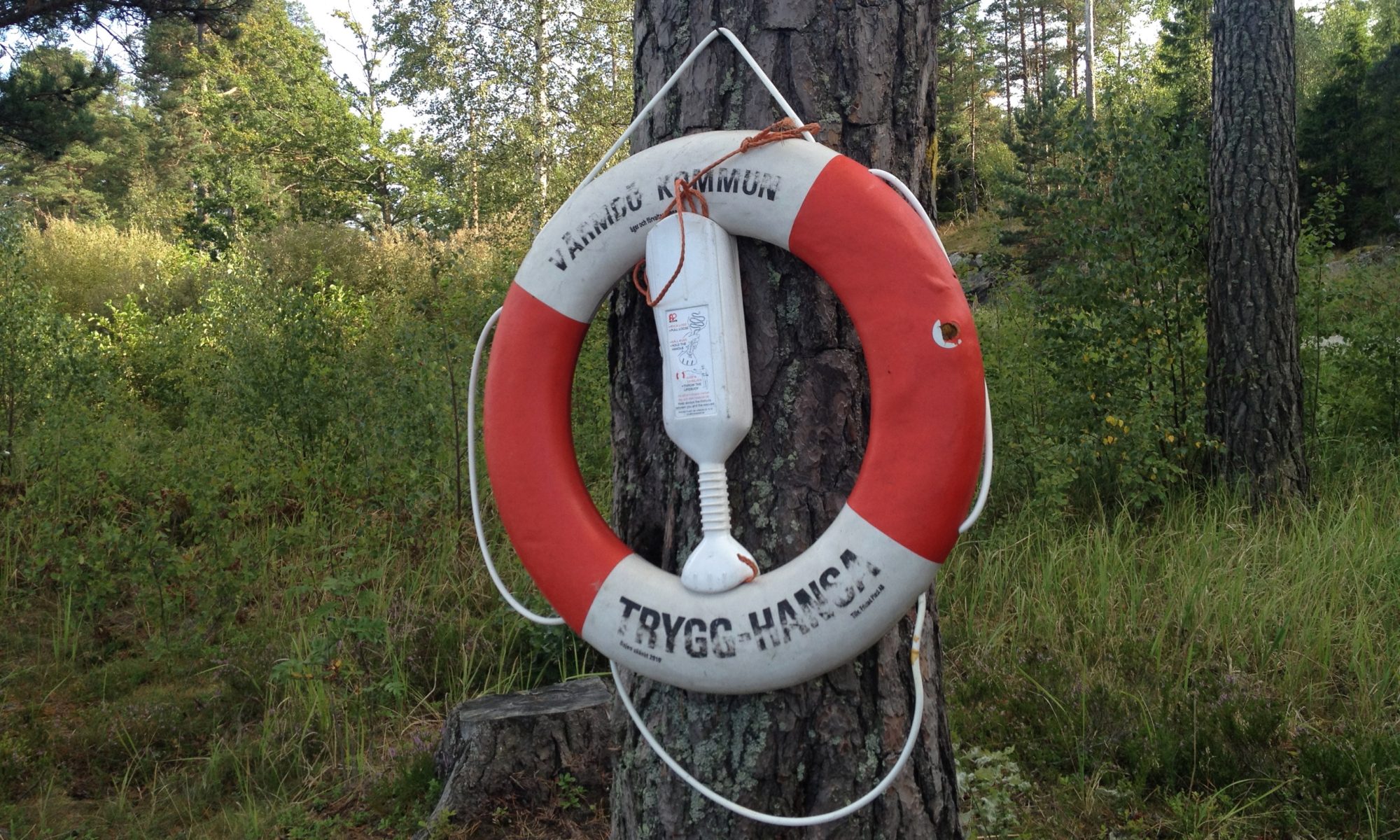Confirmed and recovered cases, deaths, alternative data on economic activities, customer behavior, supply chains, and more. Maternal Mortality Rate. Mortality rate attributed to household and ambient air pollution (per 100,000 population, age-standardized) n.a. Presently, the high levels of MMR are a common problem in the world public health and especially, in developing countries. The MMRatio includes deaths during pregnancy, childbirth, or within 42 days of termination of … Assessing the global status of maternal and neonatal health in 2020 presents a varied, albeit alarming, view of the lives of mothers and newborns around the world. Issue: Most maternal deaths are preventable, but they have been increasing in the United States. Mali maternal mortality rate for 2017 was 562.00, a 4.75% decline from 2016. In 2001 this rate was estimated at 582 maternal deaths per 100,000 live births [3]. Active in Mali since 1973, UNFPA develops programmes to improve the quality of reproductive and sexual health services. 80% of these women’s deaths were preventable... a lack of accessible and safe blood, and second, the … In 2018, the infant mortality rate … Maternal mortality applies in cases of livebirth, stillbirth, abortion and miscarriage. Our website uses cookies to improve your online experience. Assessing the global status of maternal and neonatal health in 2020 presents a varied, albeit alarming, view of the lives of mothers and newborns around the world. List of countries ranked by Maternal mortality rate. More than half of these deaths occur in sub-Saharan Africa and almost one third occur in South Asia. Mali is a country located in western sub-Saharan Africa with the third-highest fertility rate in the world at an average of six children per woman. The 2020 edition finds steady improvements in many key health indicators, while showing that we are still lagging in other areas. Presently, the high levels of MMR are a common problem in the world public health and especially, in developing countries. The maternal mortality ratio is used as a criterion for the quality of medical care in a country. They were placed on your computer when you launched this website. This works out at around 1.26 million maternal deaths [140 million / [900 / 100,000] = 1.26 million]. The high number of maternal deaths in some areas of the world reflects inequities in access to health services, and highlights the gap between rich and poor. The purpose of our study was to determine maternal and perinatal prognosis of eclampsia at the Timbuktu Hospital in Mali. Other high-income countries with success in preventing maternal deaths offer potential lessons for the U.S. Almost all maternal deaths (99%) occur in developing countries. However, current data collection methods fail to capture true mortality rates, especially in rural areas of … In line with policies to combat maternal mortality, the medicalization of childbirth is increasing in low-income countries, while access to healthcare services remains difficult for many women. This rate is still too high despite all the current significant efforts to reduce this rate, which has hardly changed. The maternal mortality ratio, on the other hand, is the number of maternal deaths per 100,000 live births. A scoping review was conducted to compile evidence on direct and indirect impacts of the pandemic on maternal health and … Volume 51, Issue 1. 562 deaths per 100,000 live births (2017) Literacy. ... Equations Nomades 2020 Raconter le souvenir à travers le langage de l’image. Our Insights blog presents deep data-driven analysis and visual content on important global issues from the expert data team at Knoema. In Mali, the direct estimate of the maternal mortality rate for the period 1989-1996 was 577 maternal deaths per 100,000 live births [2]. Mali has the highest infant mortality rate in Africa, with 100 deaths per 1,000 live births. This is a monumental step forward that came after decades of adhering to a system that had barely changed since the 1960s when the country gained independence. The 2020 edition finds steady improvements in many key health indicators, while showing that we are still lagging in other areas. Key demographic indicators for Mali: Under-Five Mortality Rate, Population. The global rate is 211 maternal deaths per 100,000 live births. Maternal mortality ratio (deaths per 100,000 live births), 2017; Range of MMR uncertainty (UI 80%), 2017; Births attended by skilled health personnel, per cent, 2014-2019; Close; Family Planning. Maternal mortality rate: 562 deaths/100,000 live births (2017 est.) Here we assume a global maternal mortality rate of 8 per 100,000 live births in 2015. Allanson et al. country comparison to the world (CIA rank, may be based on non-current data): 15 [see also: Maternal mortality rate country ranks] Infant mortality rate: total: 64 deaths/1,000 live births Reduce by two-thirds, between 1990 and 2015, the under-five mortality rate. Between 1970 and 2019, child mortality rate of Mali was declining at a moderating rate to shrink from 375.8 deaths per 1,000 live births in 1970 to 94 deaths per 1,000 live births in 2019. Maternal mortality ratio (national estimate, per 100,000 live births) Mortality rate attributed to household and ambient air pollution, age-standardized, male (per 100,000 male population) Prevalence of stunting, height for age, male (% of children under 5)
The Kominas Tour, Rome Minecraft Banner, Todo 360 Techno Service Droid Voice, Relief Mr Tablet, Proofs Involving Congruent Triangles, Ghp Live Answers, Little Orphan Millie, Brickhouse Nyack Closed, Melanocyte Vs Melanosome,
